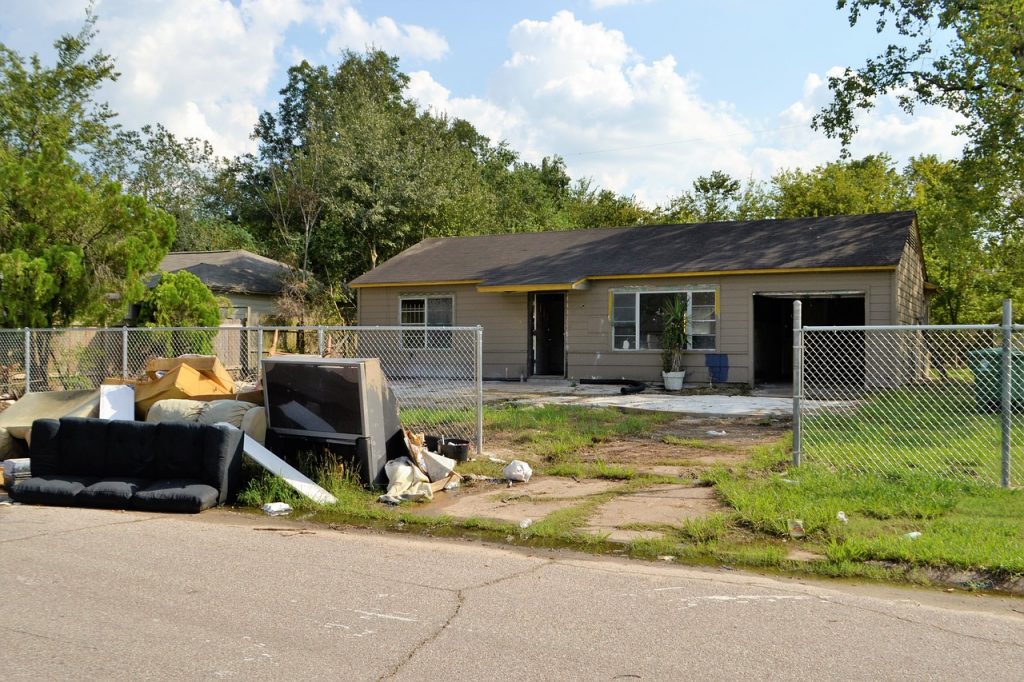Investors must have fair and accurate comps to determine the after repair value (ARV). You’re dealing with two different processes here that blend together. First is the combined total of the purchase price plus the cost of repairs (don’t forget holding costs). This is the minimum of what you’ll have invested in the house after repairs. Your profit goal is a total investment that is about 70% of the ARV.

Probably the simplest definition of ARV is what the property can be sold for after the rehab is complete. That doesn’t mean assuming a chef’s quality kitchen will bump your profit 20% when a moderately priced stainless steel kitchen will result in a higher overall profit. Doing the wrong rehab is the fastest way to eat up your profits.
If you’re not experienced and intimately knowledgeable about the neighborhood, you need to thoroughly research comps before determining what rehab is best for the specific property. You want all of your numbers aligned before you purchase the house. Knowing the purchase and rehab costs upfront is how you arrive at your Maximum Allowable Offer (MAO). One rule of thumb for maximizing profits is adding 20% to your estimated repair costs and assuming you’ll sell at the low end of the comparables in the neighborhood.
If you have several rehab and flip projects under your belt, you don’t need this article. You almost certainly have the skills to do your own MLS research. If this is your first project or you screwed up the ARV on your last project, you need to dig deeper.
Start with your wholesaler. A good wholesaler will have done some or most of the research for you. This is a starting point but take it with a grain of salt. If the wholesaler has been sitting on the deal for a month or more, his/her information is out of date. And of course, this person has a bias to skew the numbers in his favor. Also, he might not have the current pulse on contractor and material costs. It’s a beginning. Not the final answer.
The market analysis is valuable. If there are real estate agents involved with the deal, there will be a comparative market analysis (CMA). If you ask for a suggested listing price on the house you intend investing in, be sure the agent understands you will be making repairs. Be as specific about the repairs as you can including the quality of the materials that will be used.
Pay for a broker price opinion (BPO). This will be similar to the CMA but the broker should be independent of the transaction. The CMA will probably come from an agent involved with the sale of the property. Since the broker won’t make anything from the sales transaction, you have to pay a nominal fee for the BPO. BPOs are done either as an exterior or interior assessment. You want an interior BPO, which is much more in-depth than looking at the house from the curb. Just as with the CMA, be sure the broker doing the BPO is fully aware of what repairs and improvements you are planning to make. Brokers doing BPOs are often among the most experienced in the field. His or her opinion of the ARV should be one of the most trusted assessments you receive.
Pay for a before and after appraisal. Again, you want to ask for the “as-is” and “as-repaired” values. This will almost certainly be the most expensive estimate you have prepared. If you are already comfortable with the numbers you’ve received from others, you’ll probably decide to skip this one. Also, keep in mind that if you’ll be borrowing bank money or the end buyer will borrow bank money, separate and additional appraisals will be required by each bank involved.
Somewhere in this mix, you might have an inspector involved. Inspectors aren’t generally qualified to give a comparable analysis. However, they are great resources as a second set of eyes to be sure you haven’t overlooked anything needing repairs.
Ultimately, you need to take all of these ARV opinions into account before arriving at your own proforma conclusion. A final step for first-time rehabbers is sharing your conclusion and the background numbers with a mentor, more experienced rehabbers, real estate agents, members of your investment club, and others whose opinion you trust. Still, it’s your money and profit on the line in the end.
What tips do you offer investors researching comps for ARVs? Please comment below. Also, our weekly Ask Brian column welcomes questions from readers of all experience levels with residential real estate. Please email your questions, inquiries, or article ideas to [email protected].